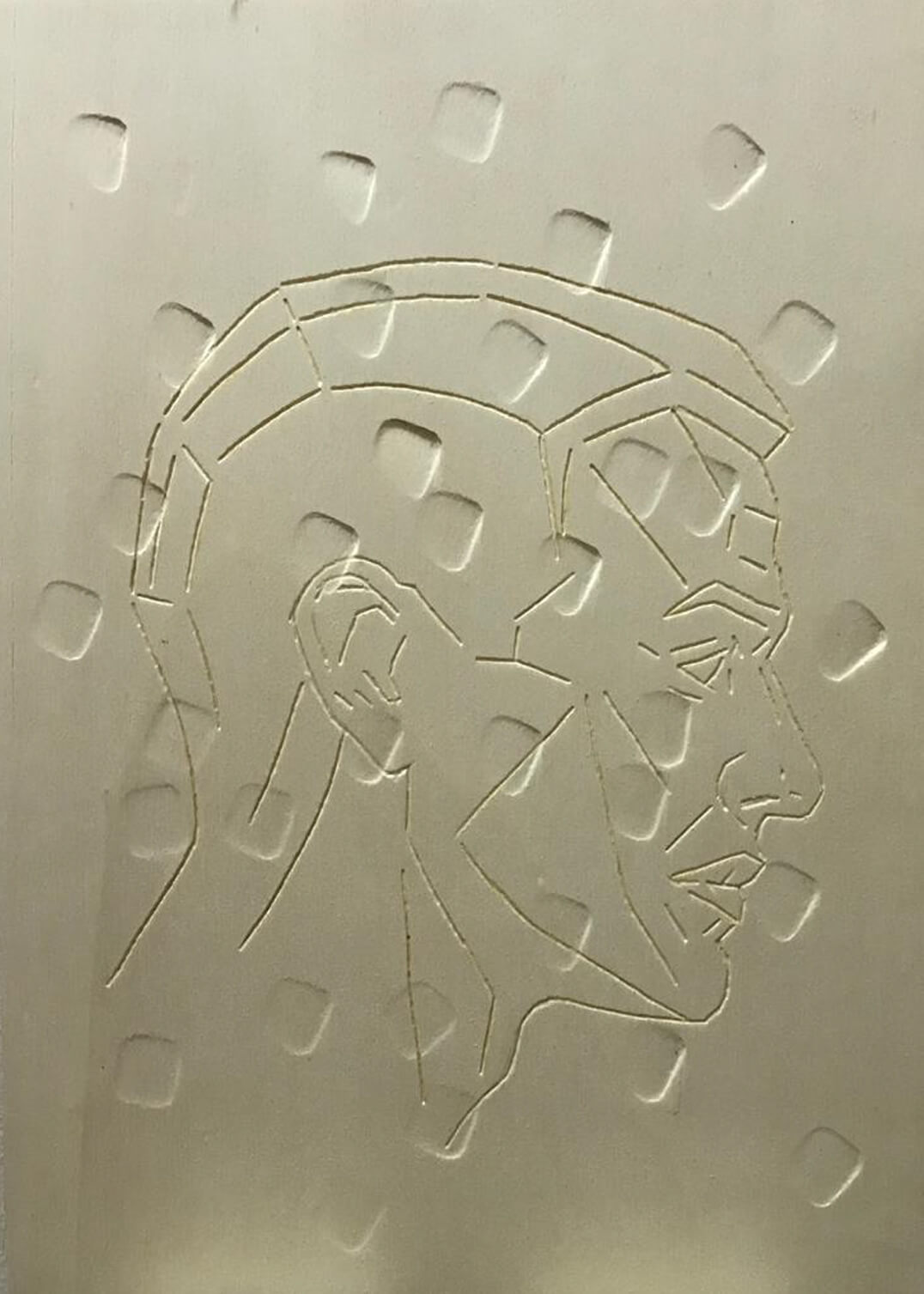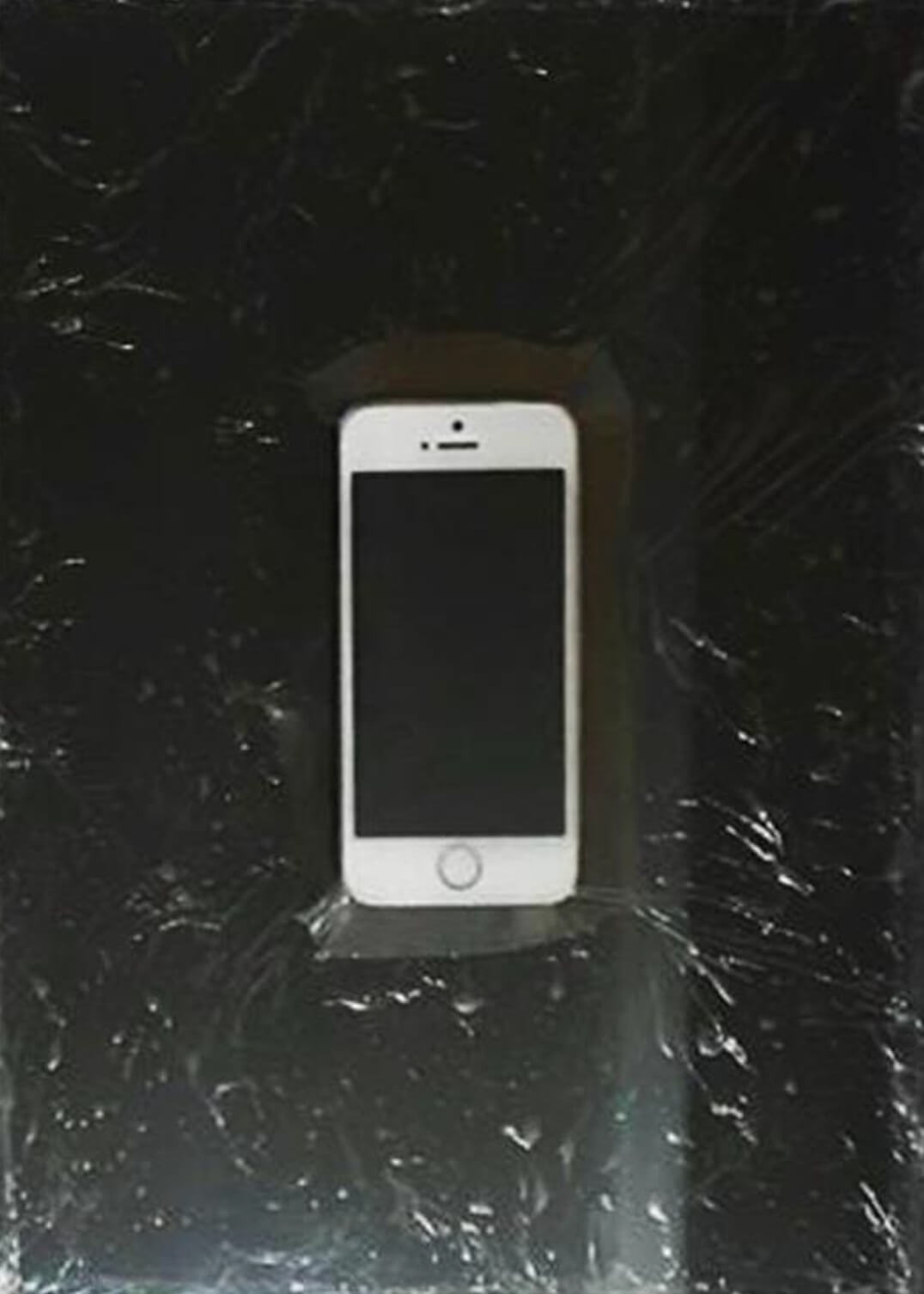

In less than a month the words Coronavirus, quarantine and pandemic entered our daily vocabulary. This momentous time is changing us and inevitably making us very afraid. But also giving us a new understanding of something maybe we didn’t pay enough attention to before, due to our hectic daily lives. This disruption, that led us to change and adapt our lifestyle to try and contain the problem, made it possible to better analyse some aspects.
If on the one hand technology is playing a fundamental role, proving itself as a great step forward, as seen with the various systems implemented to support work, schools and universities; on the other hand this difficult phase of quarantine definitely made us reflect on the importance and need we have of others.
“Men have become the tools of their tools.” As Henry David Thoreau said, this is exactly what shouldn’t happen!
This idea is born on the basis of the relationship between man and technology and especially how it influences, sometimes negatively, relationships between individuals.
The use of technology at this point is a constant in our lives, it lets us live multiple experiences on an emotional and rational level. It tends to magnify the reach of our actions, it generates parallel dimensions. Our life develops through a series of technology generated micro-events, that become an already essential extension of our physical existence.
However, the unrestrained use of these technologies creates addiction and detachment between real and virtual life. In other words, it creates a separation between people and reality that could increase with time, dooming us to technological alienation.
It produces distraction and shallowness in people, they lose their profundity and can’t give the right attention and importance to real social relationships.
In the presence of a potentially online device we live in a state of alert that brings us to continually check our phone even when there are no real notifications.
Through a succession of four wooden panels, this project hinges on a repeated series of blows, that want to convey the persistent control of the device through the continuous clicks of the individual, bringing them to annulment. The man’s portrait becomes progressively altered until unrecognisable. The last panel contains the technological element preserved in a sheet of plexiglass.
The use of two contrasting materials inside the project is evident: on one side the wood’s natural element used to portray the man as an autonomous living being destined to disappear; on the other side the plexiglass’ artificial element, to depict the device as everlasting despite not having a long autonomy.
In truth we are all more “Smart” than before! Coronavirus separated us and we had to give up even the most essential of human contact: shaking hands or hugging. This is why we feel the desperate need to live moments together, to share live experiences and not stay connected to technology that dissolves all, making us fall into thoughtless isolation.






